
Win32/TrojanDownloader.Nymaim is a Trojan
downloader that also exhibits ransomware features. It is associated
with a long–running DarkLeech/Black Hole exploit kit (BHEK) campaign,
dubbed the home campaign.
Although reports of the recent arrest of Paunch, the BHEK author, might
have put a momentary end to this group’s operations, it was active for
several months and has infected numerous high profile websites. Recently, an independent researcher going by the name of Kafeine posted
some statistics taken from the group’s BHEK panel and showed that there
have been more than 2.8 million infections since the beginning of this
campaign.
We have already discussed
how a system gets infected with Win32/Nymaim and the numerous flow
obfuscation techniques it uses in order to hinder analysis by
researchers. In this blog post, we reveal a new infection vector, a
study of the different international locker designs and ransom prices as
well as a complete technical analysis of its communication protocol.
Infection Vectors
Win32/Nymaim compromises a computer in two steps, using two
different executables. The first executable (referred to
as“Win32/Nymaim first stage”) only downloads and run the second
executable (referred to as“Win32/Nymaim second stage”). Win32/Nymaim
second stage can download additional malware or lock the computer. ESET
detects both stages as Win32/Nymaim because they contain a lot of common
code, including the obfuscation techniques described in the first blog
post.
When we first discovered Win32/Nymaim, we were aware of
only one infection vector: drive-by downloads using BHEK. We now know
that there is at least one other way this threat is delivered to
unsuspecting internet users.
Black Hat SEO
Starting towards the end of September and lasting for a
couple of days, a large proportion of our Win32/Nymaim detections were
files downloaded from the internet using a web browser. Looking through
our logs, we found that Google is the referrer URL for most of these
detections. It seems that users come in contact with these malicious
files while searching for downloadable content on the web. Our analysis
of some of the webpages that initiate these malicious downloads reveals
that Black Hat SEO is used to make them appear as high as possible in
the search results when people search for popular keywords.
The malicious websites that sometimes appear in the search results are only doorway
pages. As such, they are constantly changing, most probably because
their page rank diminishes as quickly as it initially increased. The
doorway pages we have studied were trying to achieve higher rankings by highjacking
popular pages. Once a user clicks on one of these search results, he
can initiate the download of an archive whose name closely matches the
search query, without any other interaction. The doorway page simply
redirects the visitors to another site. This destination site has not
changed during the time of our research. The following screenshot offers
a visual explanation of this process.
As
seen in the screenshot above, when the user clicks on a search result,
his browser is first redirected to a second site, which redirects to the
malicious archive. The user does not see any webpage loading; all he
observes is an archive being downloaded and a blank page with a Google
URL.
This archive contains an executable file. Once launched, it
installs the malware on the computer. Since the user is already looking
for downloadable content, he is more likely to execute the malicious
file. As indicated earlier, the archive and the embedded executable file
display a name that is closely related to the search query. Thus the
same file can be downloaded with several different names. Sifting
through our logs, the different names that a single file can have is
quite revealing:
ieee-papers-on-soft-computing-pdf.exe
investments-9th-edition-2011-pdf.exe
video-studio-x4.exe
advance-web-technology-pdf.exe
new-headway-beginner-3rd-edition.exe
lourdes-munch-galindo-fundamentos-de-administraci-n-pdf.exe
numerical-analysis-by-richard-burden-and-douglas-faires-pdf.exe
speakout-pre-intermediate-wb-pdf.exe
nfs-shift-wvga-apk.exe
barbie-12-dancing-princesses-soundtrack.exe
donkey-kong-country-3-rom-portugues.exe
descargar-libro-english-unlimited-pre-intermediate-pdf.exe
The multiple names listed above are all for the same file.
When searching for downloadable content, especially illegal downloads,
it is common to notice questionable websites in the search results. What
is unusual in this case is to witness a malware downloaded right away
when clicking on a Google result.
We have seen several malware families distributed through
the same infrastructure. The payload changes frequently and delivers the
same content for all users for a limited amount of time. Currently, it
is delivering fakeAVs (detected by ESET as Win32/AdWare.SecurityProtection.A), but we have seen Win32/Sirefef (also known as ZeroAccess) as well as Win32/Nymaim.
Designs and Ransom Prices
Through the course of our research, we were able to collect
several different lockscreen designs throughout the world. Win32/Nymaim
has customized designs for countries in Europe and North America. The
following list is not exhaustive , given we investigated cases in
different countries throughout the world, but not all of them. That
being said, we were able to obtain lockscreen designs from the following
countries:
-
Austria
-
Canada
-
France
-
Germany
-
Ireland
-
Mexico
-
Netherlands
-
Norway
-
Romania
-
Spain
-
United Kingdom
-
United States
For countries where designs are not available, Win32/Nymaim
second stage is downloaded and can be used at a later time by the
malware author to download additional malware.
Interestingly, the ransom price is different from one
country to another. The following graph shows the asking price per
country, converted into USD, at the time of design collection in
September.
For most of the countries examined, the ransom price is
around 150 USD. That said, we have observed that United States residents
are in for a much steeper price at 300 USD. Romania’s case is also
quite interesting from a ransom perspective. The lockscreen states that
the infected user can pay either 300 leu (Romanian currency) or 100
euros. Once both prices are converted to USD, it appears that the
infected user gets a much better deal if the Romanian currency is
chosen. This inconsistency in the Romanian ransom price is shown in the
screenshot below. This specific discrepancy has been present in past
designs of other police ransomware, such as Win32/Urausy (detected by
ESET as variants of the Win32/Lockscreen
family), and provides a good example of design reuse among different
cybercriminal groups. ESET continues to advise that such ransom should
never be paid by users.
Network Protocol
When Win32/Nymaim first infects a computer, it reaches out
to a set of predefined proxies using IP addresses hard-coded into its
binary. These proxies are used to download the second stage for
Win32/Nymaim as well as the locker HTML code and any additional malware.
As indicated previously, these proxies change quite frequently and seem
to be a layer of infected computers, which are used to hide the true C&C server. If none of the proxies are available, the binary also contains a hard-coded URL that will be used as a last resort.
All Nymaim network communications are encrypted using a
salted RC4 key. The following image shows the structure of an encrypted
TCP packet.
The
salt’s length is obtained by masking the first byte of the encrypted
message with 0x0F. The encrypted data is then decrypted by appending the
salt to the following static RC4 key “*&^V8trcv67d[wf9798687RY”.
Once decrypted, the data has the following structure:
As stated earlier, Win32/Nymaim will either lock the computer screen
or download additional malware and install it on the infected computer. A
second layer of encryption is used in the latter case. This encryption
consists of an RSA encrypted header and a custom encrypted body. The
encryption scheme is described in the following figure.-
RSA decryption is made on the first 0x80 bytes (RSA key was constant for all samples we have analyzed).
-
Header and encrypted body integrity validation is performed.
-
Two keys are obtained from the header data to decrypt the message body. The following figure illustrates the decrypting process :
-
Decrypted body integrity validation is performed.
-
Finally, the decrypted body is decompressed using the aPLib algorithm.
Conclusion
Now that the main infection vector, BHEK, is no longer
operational due to its author’s reported arrest, the future of
Win32/Nymaim and its distribution will no doubt be interesting. It
appears inevitable that due to the complexity of this malware, we will
encounter its variations again in the near future.
Special thanks to Mathieu Lavoie for his contribution to this analysis.
SHA1 hashes
Sample distributed through Black Hat SEO: 81E6B189E944BF199D88C7DD006F01151FCC1ED8
Designs
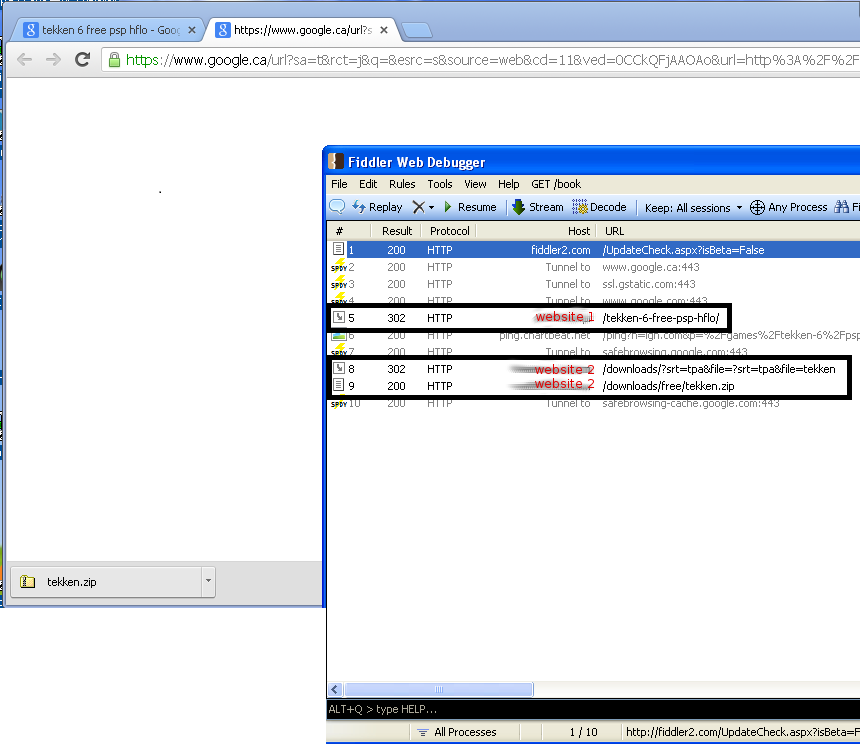

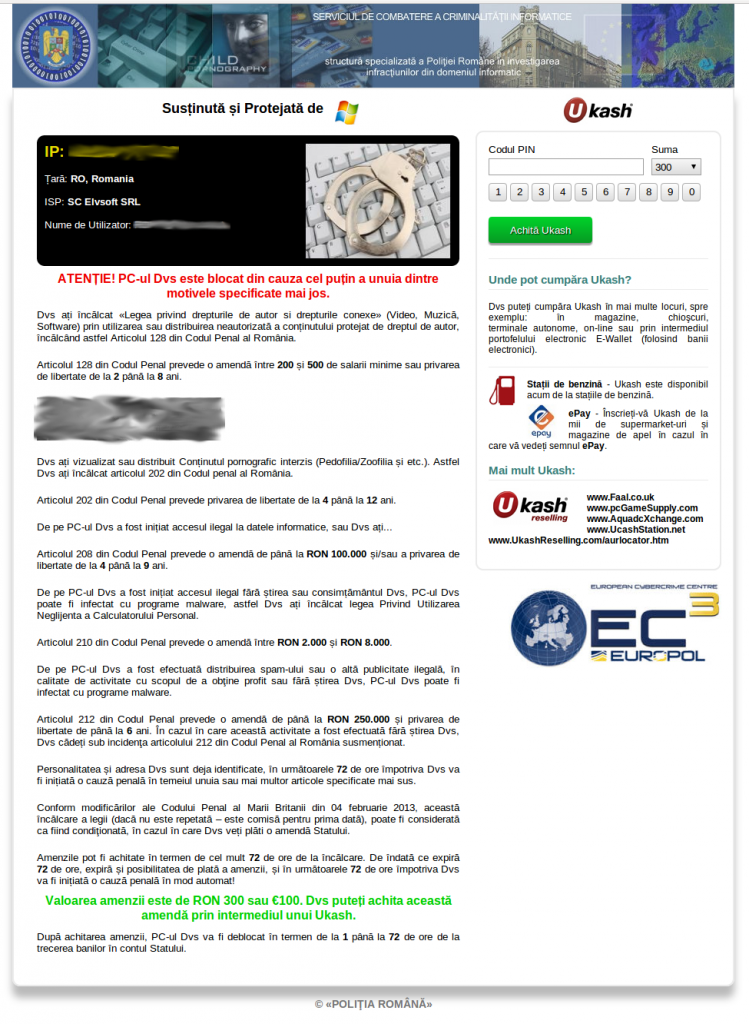



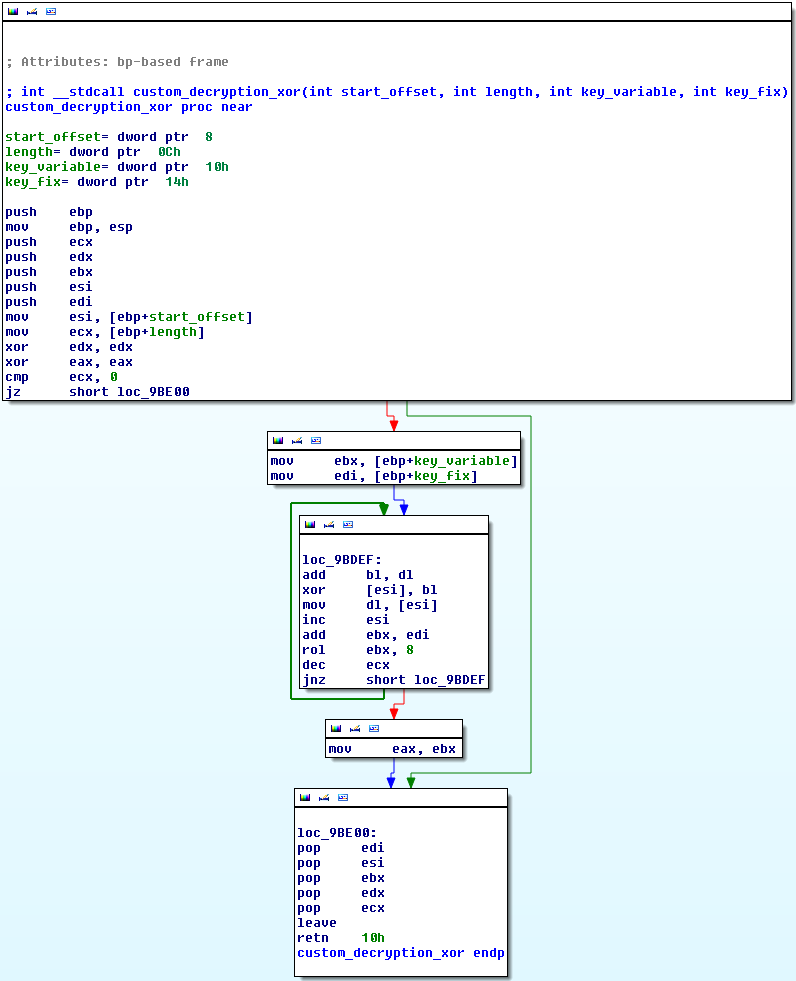
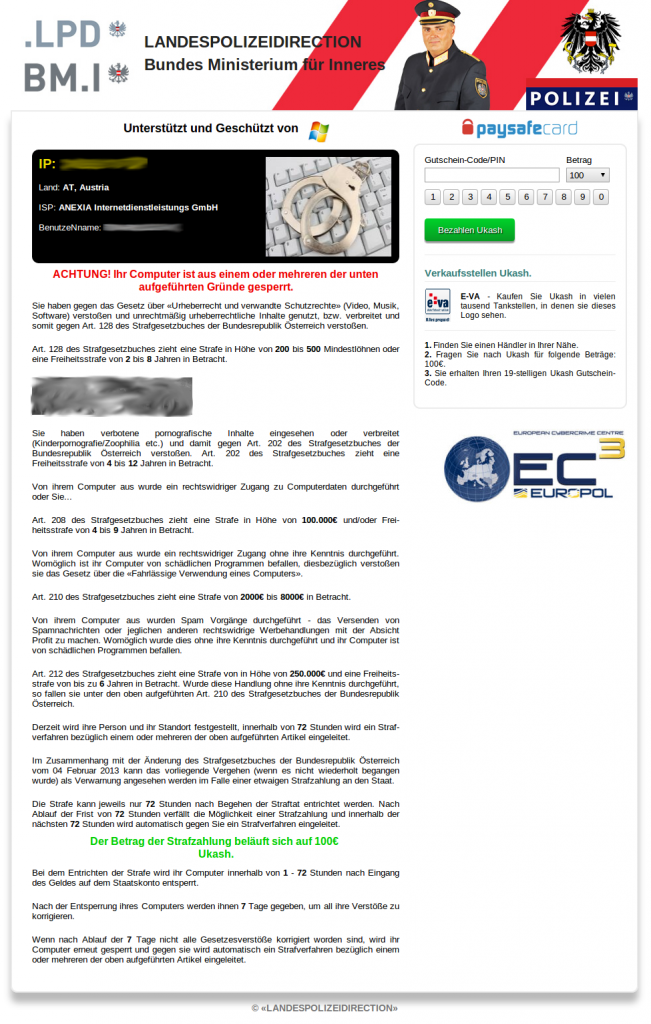
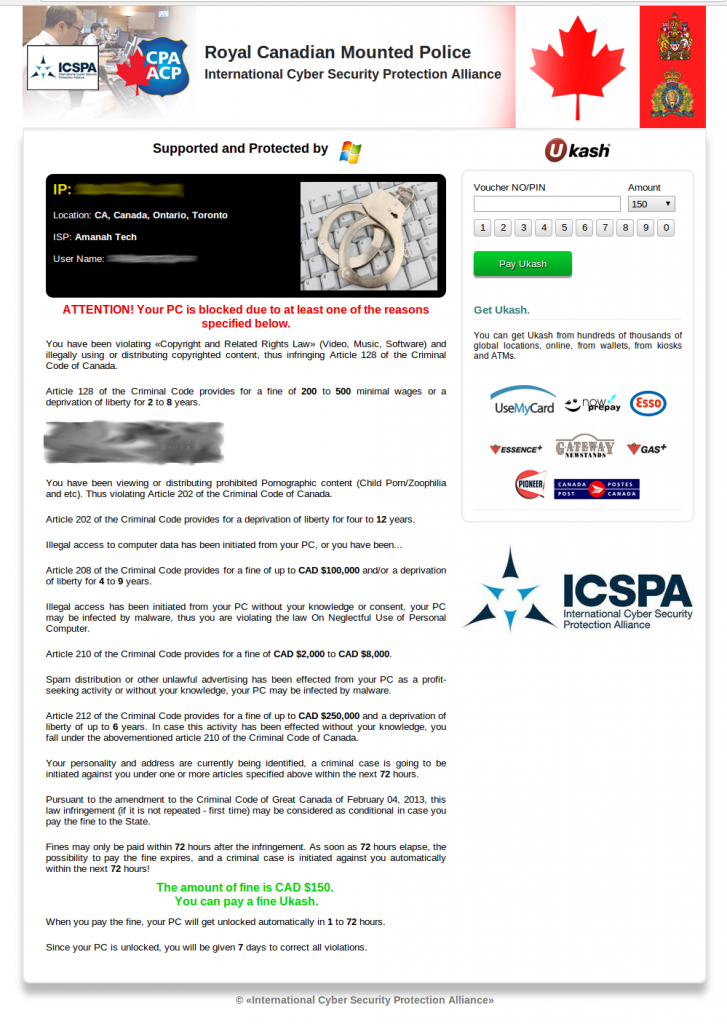
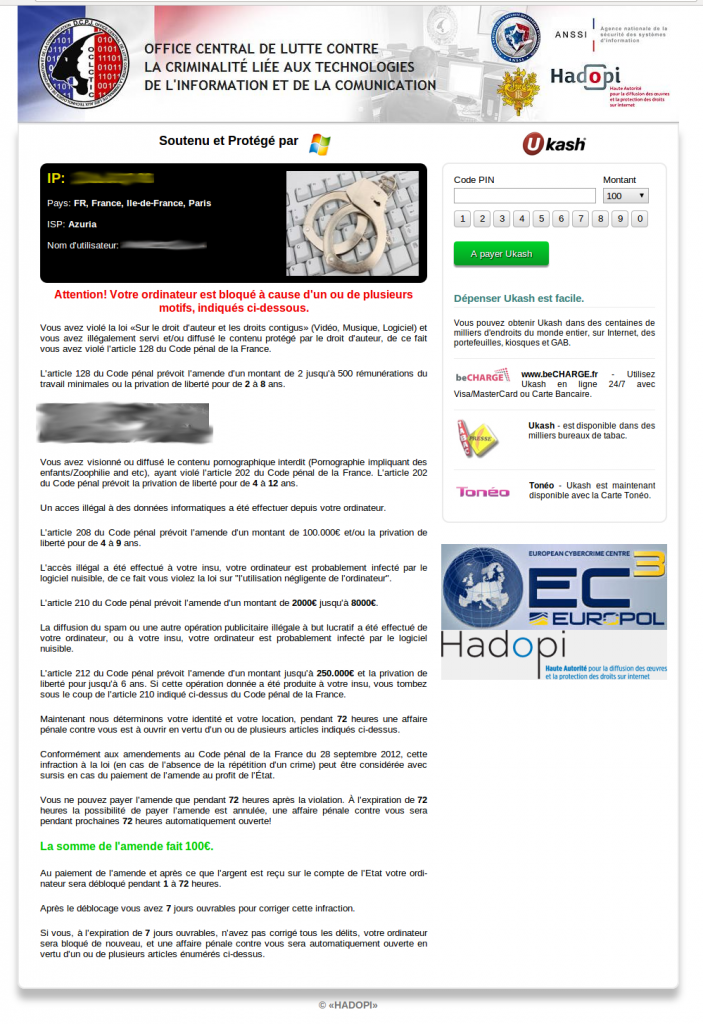
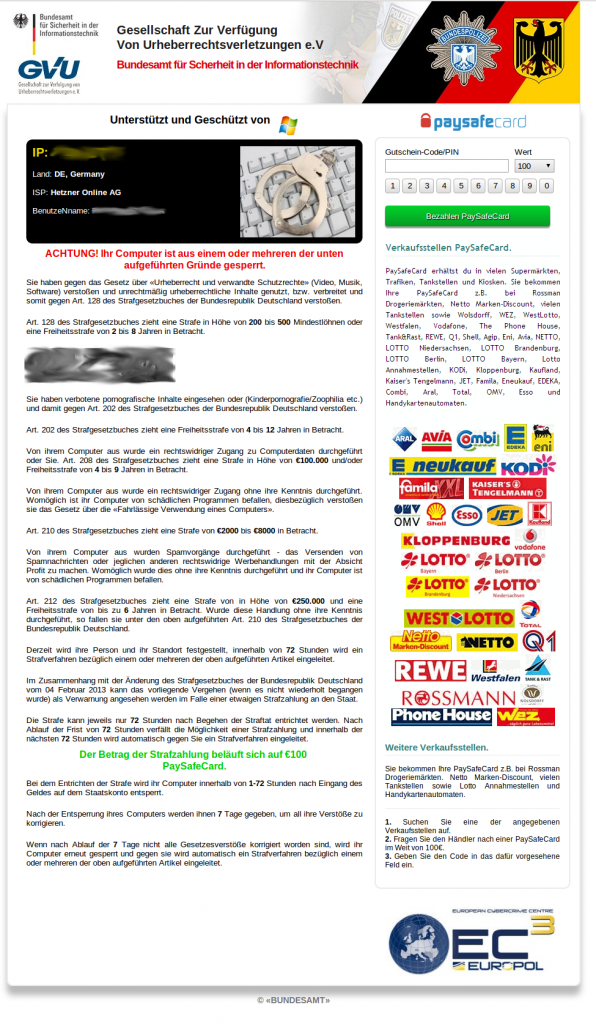
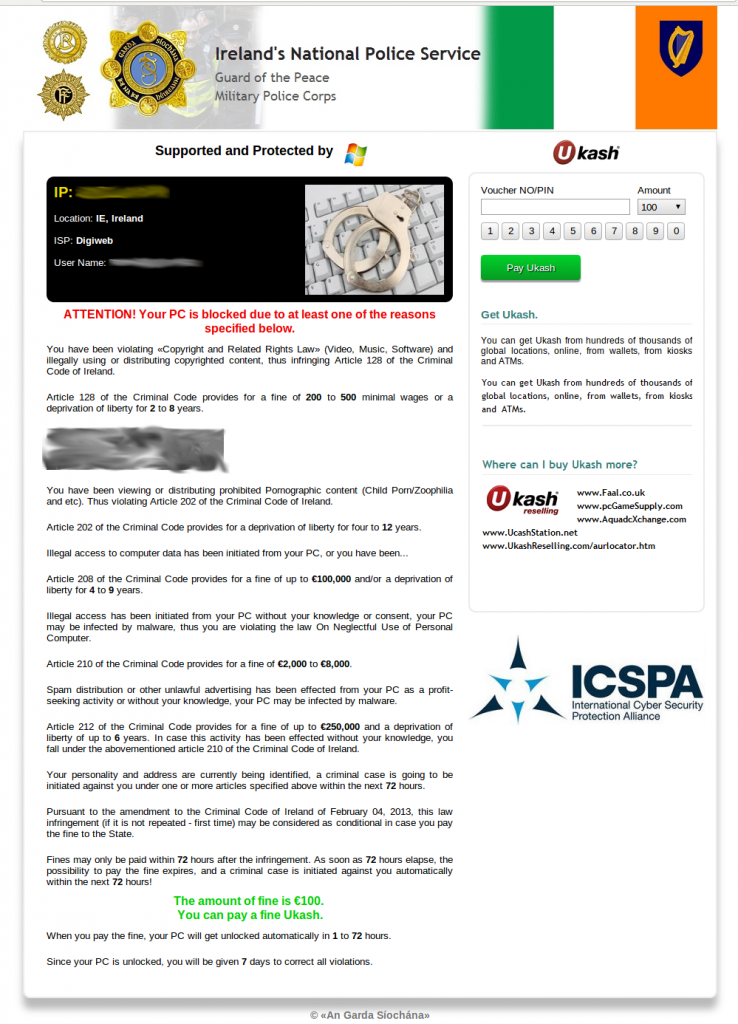
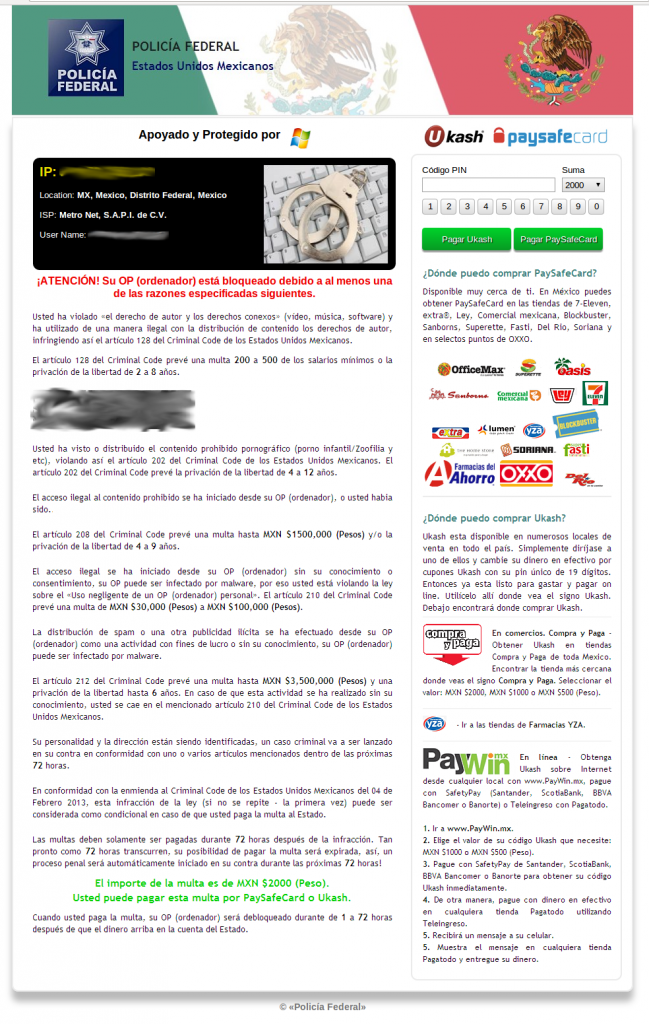
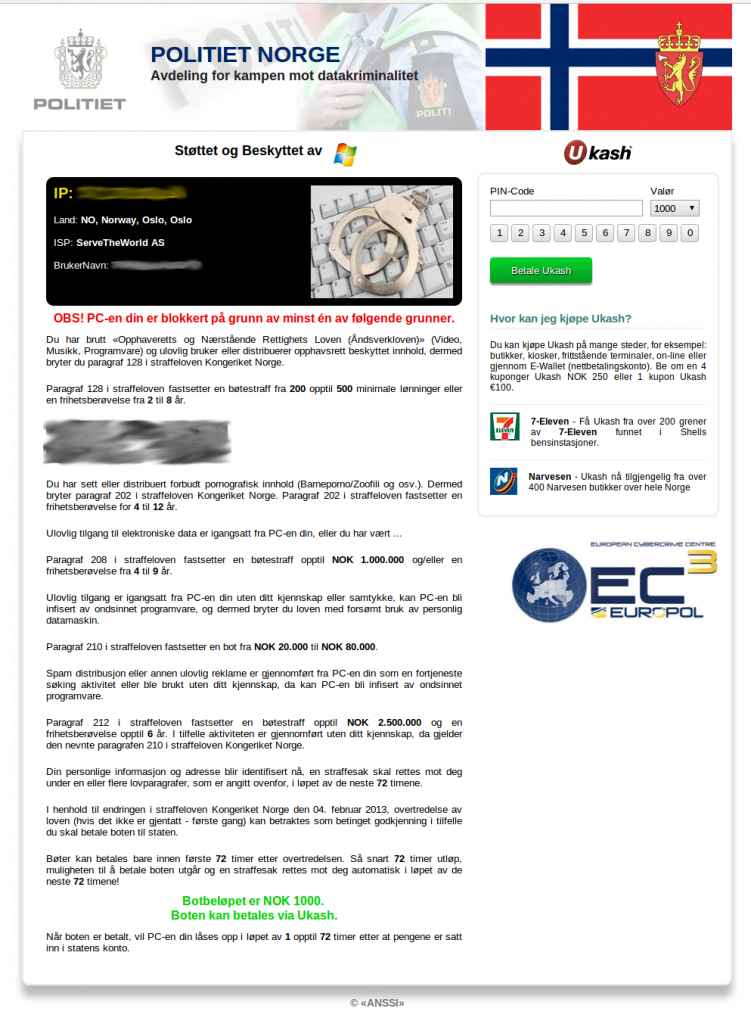
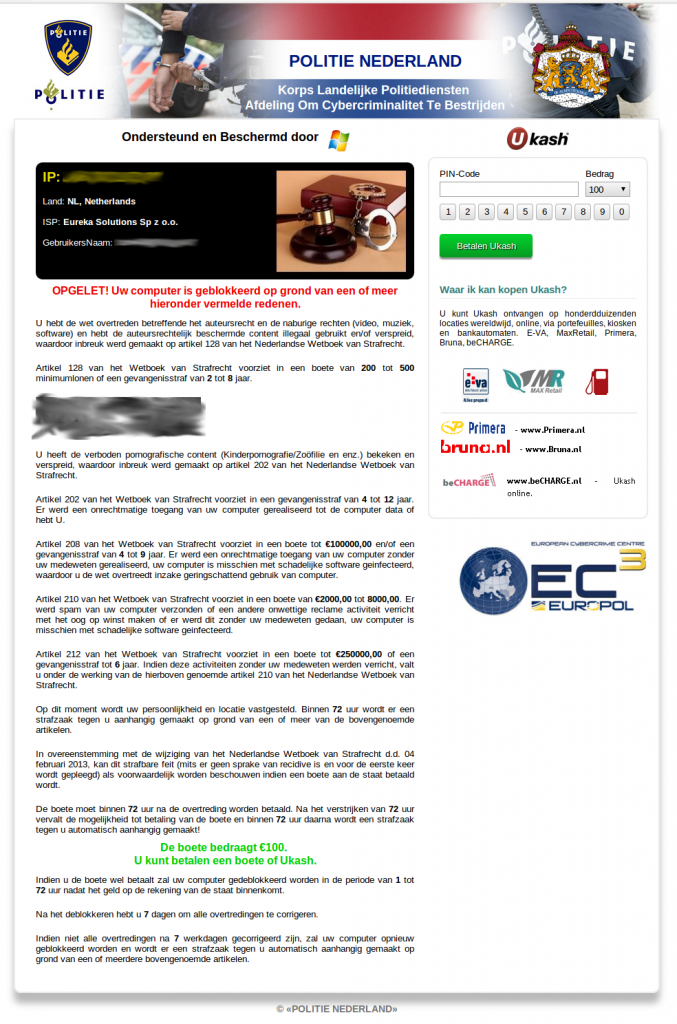
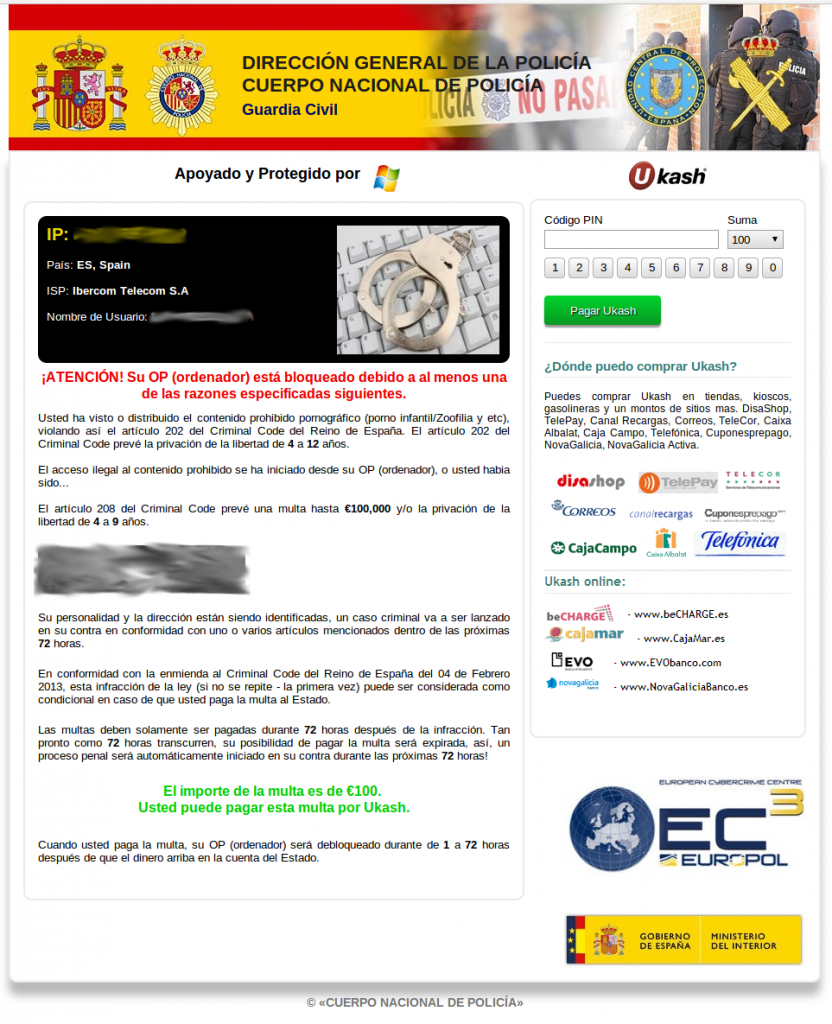
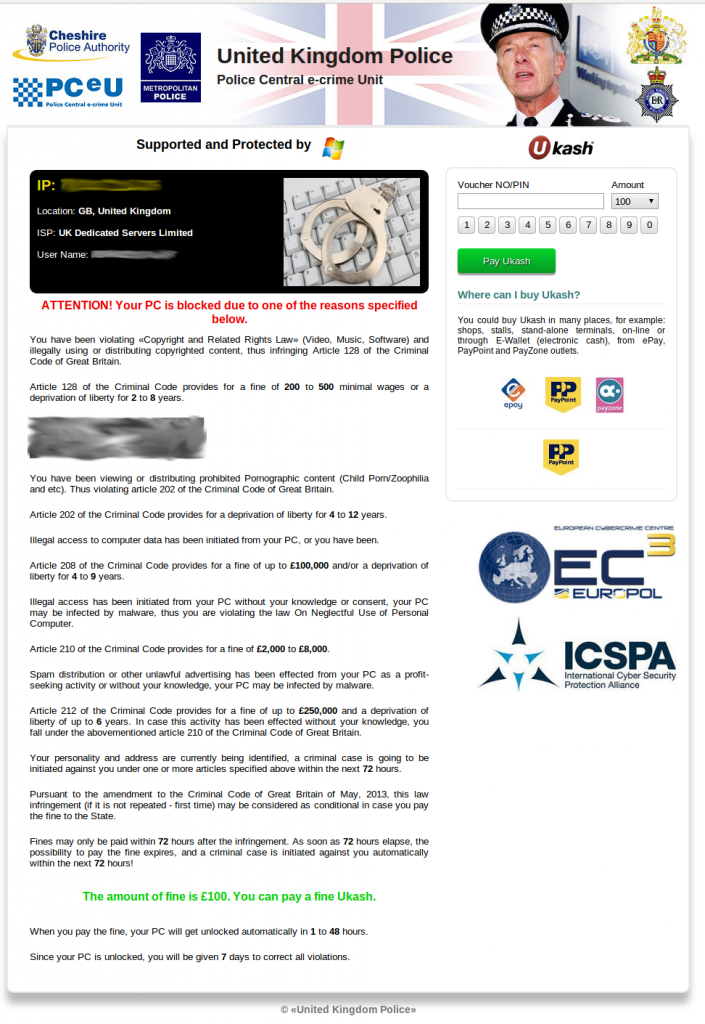
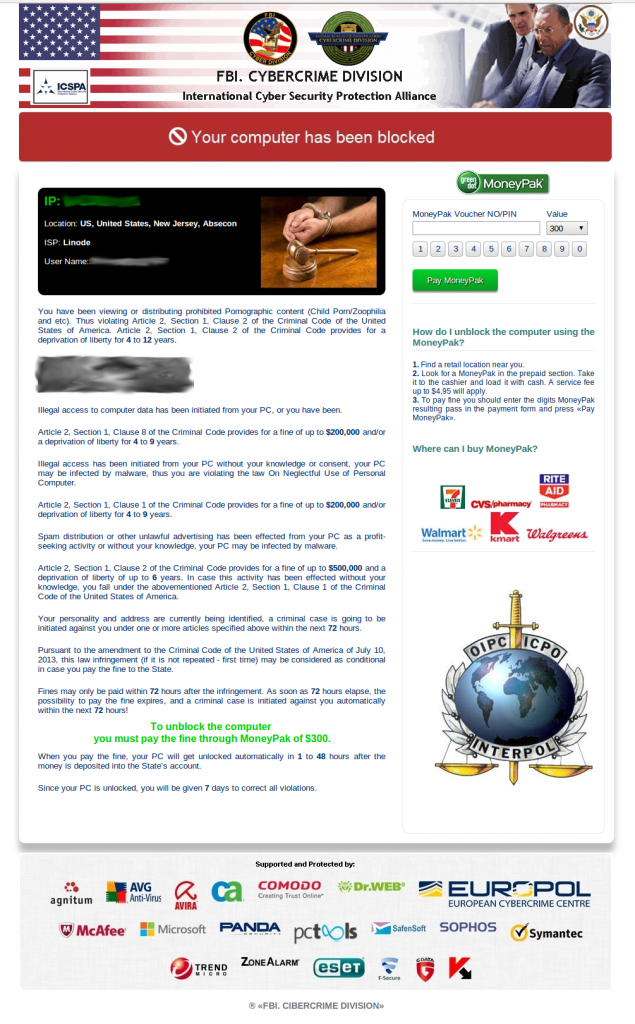
No comments:
Post a Comment